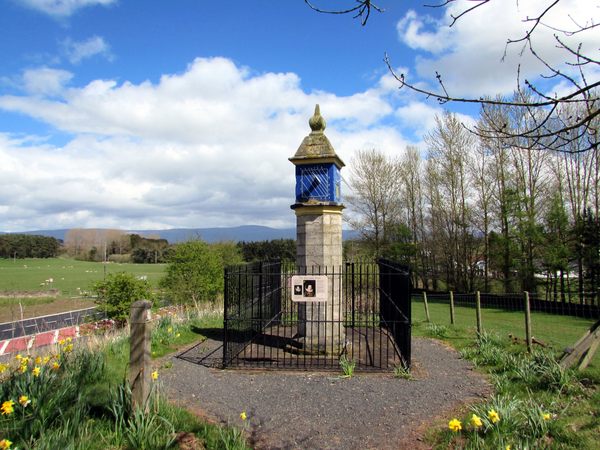Lady Anne Clifford was one of the more notable people in the history of what is now Cumbria. The noblewoman was born in 1590 to George Clifford, the third Earl of Cumberland, and his wife Margaret. The Clifford family was quite wealthy and possessed five castles in Westmoreland and Yorkshire, but these castles were in disrepair.
When Lady Anne’s father passed away in 1605, she legally should have received the estates as the only surviving child, but the estates were passed to George Clifford’s brother, Francis, and Francis’s heirs instead. Lady Anne litigated the issue for over 40 years, and eventually prevailed to claim her rightful inheritance. Lady Anne went on to restore all of her inherited estates and repair all five of her castles, all of which are still standing today (although not necessarily in the same condition that she left them).
One of Lady Anne’s staunchest supporters was her mother, Margaret, and both women were very close to each other. Unfortunately, Margaret passed away in 1616. To commemorate her mother, Lady Anne erected a pillar in 1656 in a location east of Brougham Castle outside of Penrith, at the site where the two women last saw each other.
The octagonal stone pillar stands 4.3 meters (14 feet) high. The top of the pillar features a blue cube with sundials on three sides and a heraldic shield on the fourth side facing north. An inscription on the sundial on the south side describes why the pillar was erected and also encouraging people to leave alms for the poor on a nearby flat stone.
The commemorative pillar, now known as the Countess Pillar, still stands outside of Brougham in its original location, which now overlooks the somewhat busy A66 roadway connecting Penrith with Northeast England. The pillar is Grade II* listed and under the care of English Heritage, ensuring that this part of Lady Anne Clifford’s story will be remembered in the future.
Know Before You Go
As mentioned above, the Countess Pillar stands near the A66 to the southeast of Penrith. However, the A66 has no sidewalks in this location and no places to park near the pillar. Instead, people should proceed to the exit from the A66 onto the B6262 that is about 400 m to the west of the pillar (which can be safely reached on foot from Penrith using side roads). This area includes a paved area where cars can park safely.
A dirt trail leads east from the end of the parking area through the wooded area south of the A66 to the pillar. Note that access is unrestricted but that the dirt path, while relatively flat, may not be suitable for wheelchairs.

